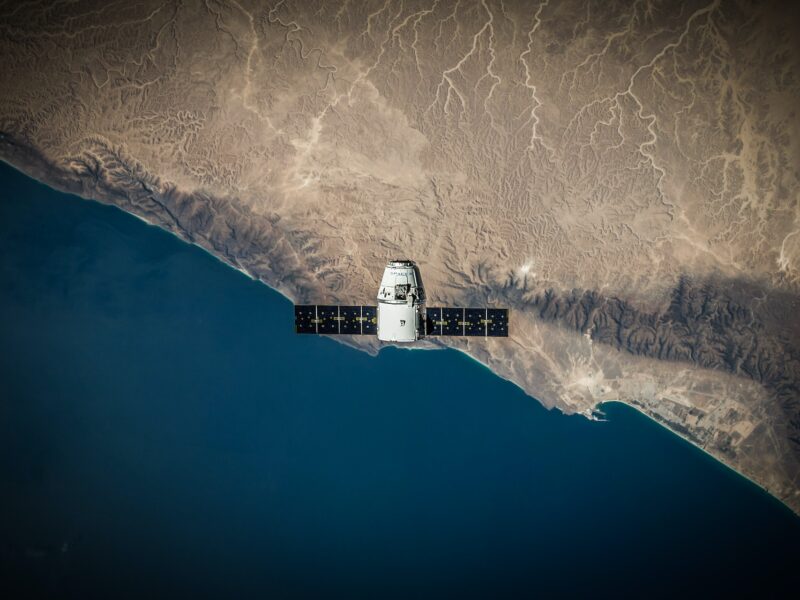Temperature is a fundamental physical quantity that plays a significant role in various aspects of our lives, from weather forecasting to scientific research and everyday comfort. Different systems of measurement, such as the English system and the Metric system, offer distinct units and conventions for measuring temperature. In this article, we will explore the intricacies of temperature measurements in both systems and discuss their similarities and differences.

Let’s begin with the units of measurement in the English system. The Fahrenheit (°F) scale is predominantly used in the United States and a few other countries. On this scale, the freezing point of water is set at 32°F, and the boiling point of water is set at 212°F. The Fahrenheit scale is divided into smaller increments called degrees, with each degree representing a smaller unit of temperature.
In contrast, the Metric system uses the Celsius (°C) scale, which is the most widely used temperature scale globally. The Celsius scale sets the freezing point of water at 0°C and the boiling point of water at 100°C. The Celsius scale is also divided into degrees, with each degree representing a smaller unit of temperature.
To convert between Fahrenheit and Celsius, one must use specific formulas. To convert Fahrenheit to Celsius, subtract 32 from the temperature in Fahrenheit and then multiply the result by 5/9. To convert Celsius to Fahrenheit, multiply the temperature in Celsius by 9/5 and then add 32 to the result. These conversion formulas allow for accurate and straightforward temperature conversions between the two systems.
Another commonly used temperature scale is the Kelvin (K) scale, which is based on absolute zero, the point at which all molecular motion ceases. The Kelvin scale is used in scientific research and provides a temperature scale with no negative values. The Kelvin scale is identical to the Celsius scale, but it starts at absolute zero (0 K), which is equivalent to -273.15°C. To convert between Kelvin and Celsius, one simply needs to add or subtract 273.15.
The advantages of the Celsius and Kelvin scales lie in their simplicity and alignment with the Metric system. The Celsius scale, being decimal-based and widely adopted, allows for easier conversions and calculations. The Kelvin scale, on the other hand, is particularly useful in scientific applications where absolute temperature is important, as it eliminates negative values.
In comparison, the Fahrenheit scale used in the English system has its own unique characteristics. While it may seem less intuitive due to its non-decimal nature, it offers finer increments for temperature measurements, which can be useful in certain contexts. For instance, in weather forecasting, the Fahrenheit scale provides a more detailed and granular representation of temperature changes, allowing for more accurate predictions in some regions.
It’s worth noting that the Fahrenheit scale is rarely used outside of the United States and a few other countries, which can create challenges in international communication and collaboration. In scientific research and international standards, the Celsius and Kelvin scales are predominantly utilized due to their global acceptance and alignment with the Metric system.
In recent years, there has been an increasing global push towards adopting the Metric system as the standard measurement system, including temperature. This transition is driven by the desire for consistency, ease of communication, and efficient global cooperation. The use of Celsius and Kelvin scales in scientific research and international standards facilitates seamless exchange of data and promotes unified understanding across borders.
Temperature measurements in the English and Metric systems differ primarily in the scales used and the units of measurement. The English system employs the Fahrenheit scale, while the Metric system utilizes the Celsius and Kelvin scales. The Celsius and Kelvin scales offer advantages in terms of simplicity, alignment with the Metric system, and global acceptance. Understanding these temperature scales and their conversions is essential for accurate temperature measurements and effective communication in a globalized world.


